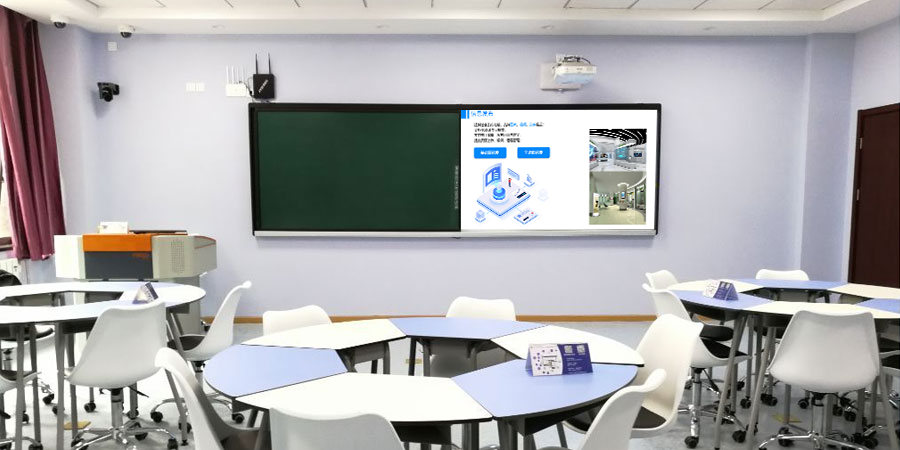Smart Classrooms: Making Teaching and Interaction More Efficient
Smart classrooms enhance teaching quality through device collaboration. Here are their core advantages:
I. Rapid Multi-Device Interconnection
- Teachers’ and students’ phones, tablets, and computers can connect to the classroom’s large screen with a single tap, requiring no complex operations.
- It supports wireless screen mirroring with stable signals, allowing multiple users to connect simultaneously without lag.
- The system automatically remembers devices, enabling direct connection for subsequent uses and saving valuable class time.

II. Enhanced Teaching Interaction
- The teacher’s large screen can annotate student-mirrored assignments, with marks instantly syncing to student devices.
- It supports split-screen display, simultaneously presenting courseware and student work for clearer comparisons and explanations.
- Students can transmit questions from their smaller devices to the large screen, making teacher-student interaction more direct.

III. Adaptable to Teaching Scenarios
- It’s compatible with commonly used teaching software, ensuring clear screen mirroring of courseware, videos, and experiment data.
- Supports class recording, with content automatically saved for easy post-class review by students.
- The operation is simple, allowing teachers to focus on teaching itself rather than technical complexities.

IV. Convenient Management and Maintenance
- Remotely view device status to promptly troubleshoot any issues.
- Unified management of classroom devices enables batch parameter settings, reducing maintenance costs.
- It is secure and stable, preventing unauthorized device access and ensuring teaching order.
Smart classrooms transform teaching from one-way instruction to two-way interaction, significantly improving classroom efficiency and quality.